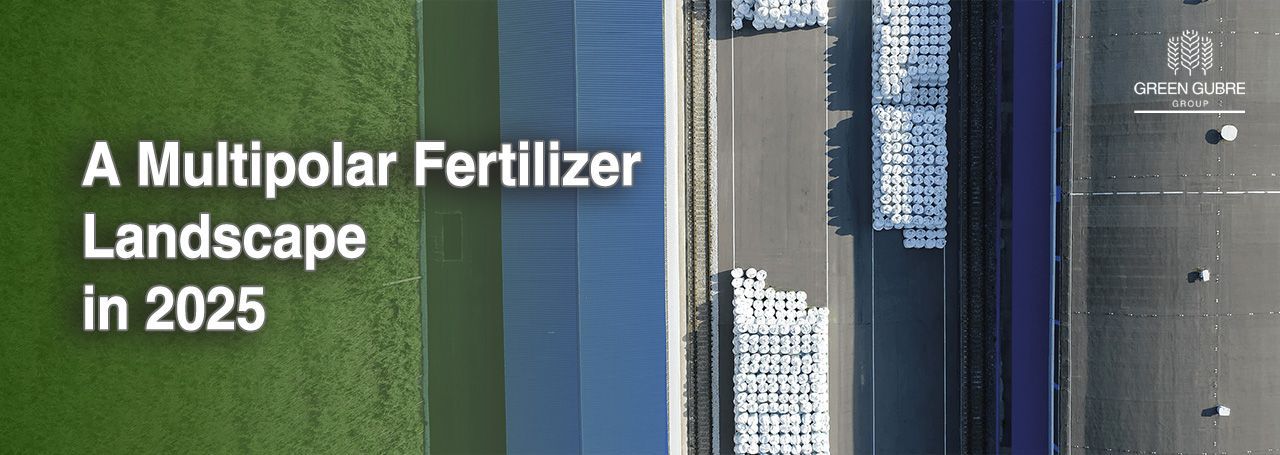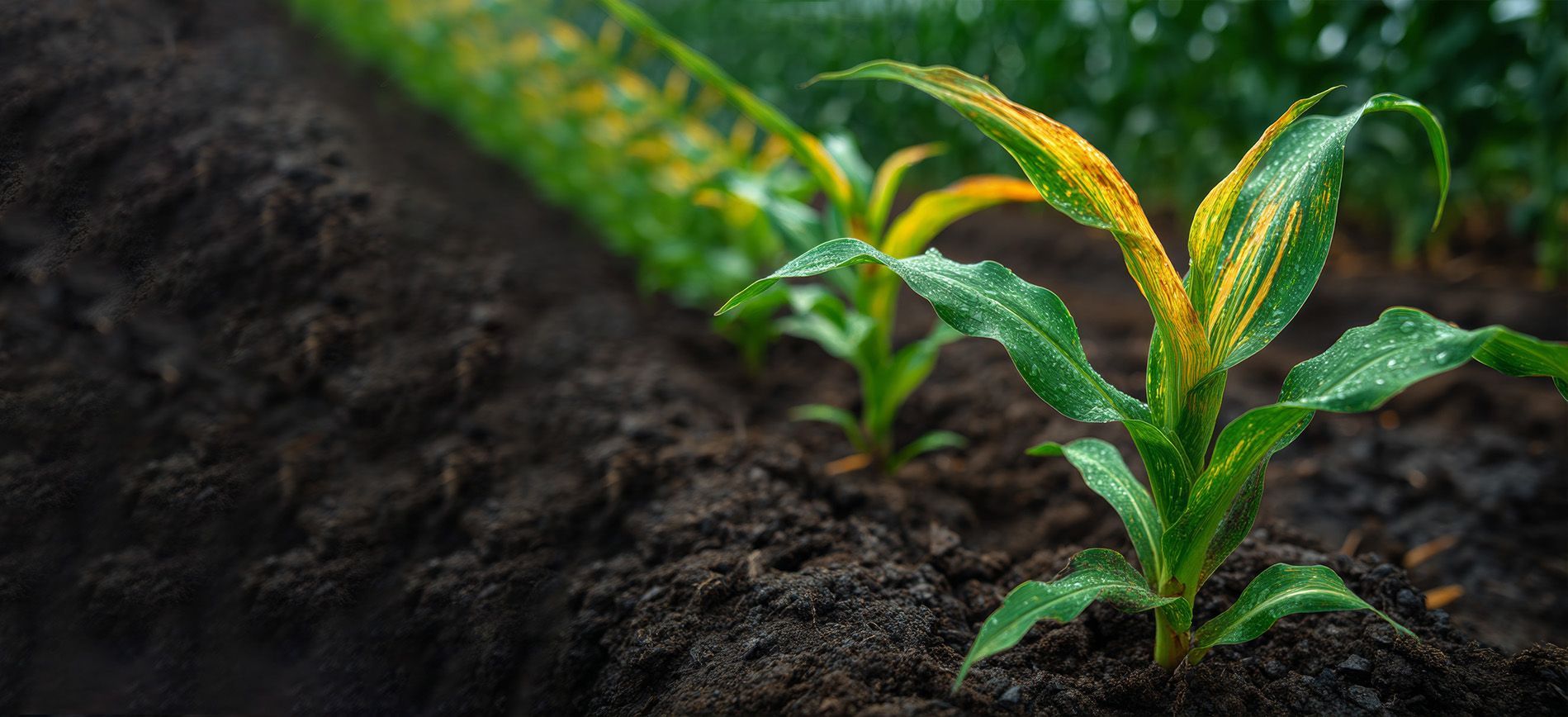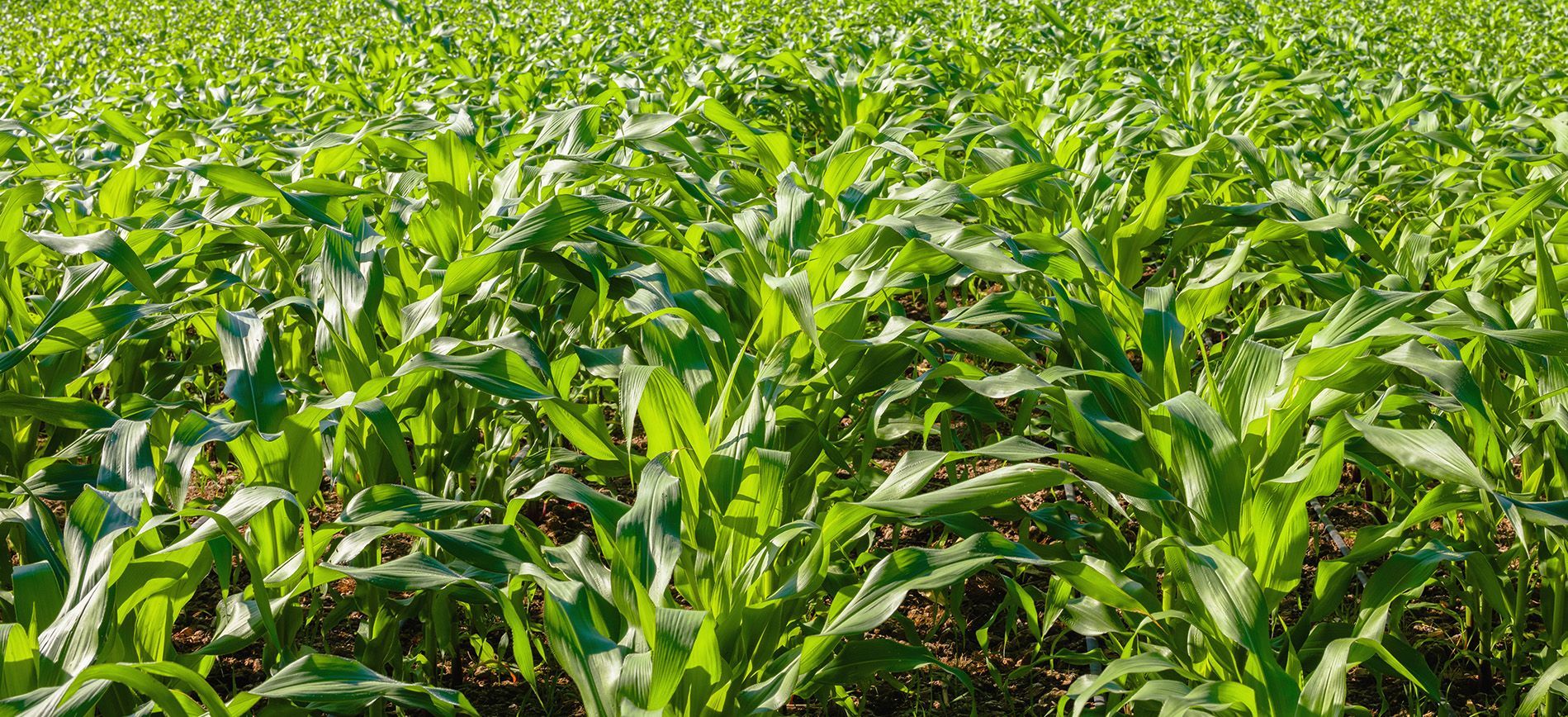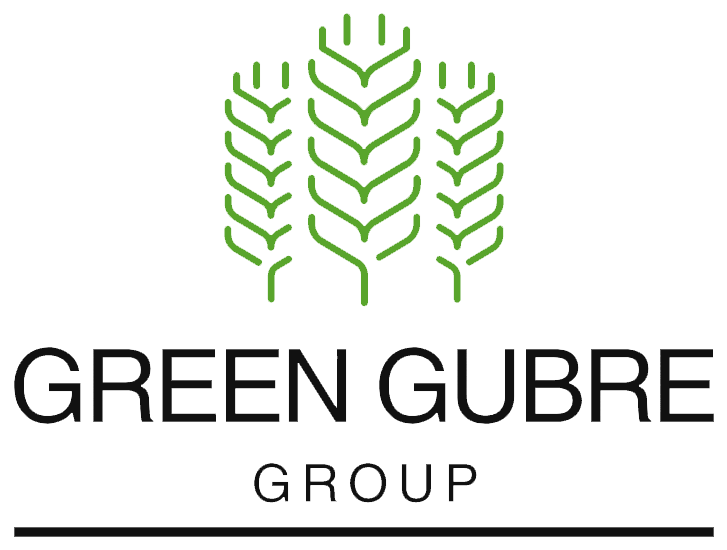Regional Fertilizer Strategies in 2025 – Navigating Demand, Trade, and Sustainability Across Global Markets
Regional Fertilizer Strategies in 2025 – Navigating Demand, Trade, and Sustainability Across Global Markets

A Multipolar Fertilizer Landscape in 2025
In 2025, the global fertilizer landscape is more interconnected than ever. Key regions like Europe, Latin America, Africa, India, China, and Turkey are driving distinct trends in demand, trade policy, and sustainable innovation. Understanding these regional fertilizer strategies is beneficial and crucial for suppliers, policymakers, and global traders. It empowers you with knowledge, keeps you informed, and enhances your decision-making.
Europe: Sustainability-First, With Regulatory Precision
Europe remains at the forefront of sustainable fertilizer policy:
- Demand Focus: Shift from commodity urea to controlled-release, bio-enhanced NPK blends.
- CBAM Regulation: Under the Carbon Border Adjustment Mechanism (CBAM), imports are increasingly scrutinized under carbon emission benchmarks. This regulation is significant as it aims to prevent carbon leakage and ensure a level playing field for European industries while promoting global climate action.
- Strategic Insight: Exporters must prioritize eco-certifications and carbon transparency to access European markets. This means demonstrating a commitment to sustainability and providing clear information about their product's carbon footprint.
Key Trend: Controlled-release and low-carbon fertilizers are gaining market share.
Latin America: High Demand and Strategic Diversification
Latin America, led by Brazil and Argentina, is investing in fertilizer security amid global price volatility:
- Demand Focus: Granular urea and phosphate fertilizers for soybean, corn, and coffee.
- Import Strategy: Diversifying suppliers from North Africa, Russia, and Southeast Asia.
- Sustainability Push: Precision agriculture tools and regional blending facilities are emerging.
Key Trend: Brazil’s shift toward local fertilizer production and blending hubs.
Africa: A Fertilizer-Driven Growth Frontier
Africa is the fastest-growing fertilizer market, especially in sub-Saharan regions:
- Demand Focus: Urea, NPK, and ammonium-based fertilizers for staple crops.
- Infrastructure Needs: Growing investment in local storage, blending, and bagging facilities.
- Trade Link: Strategic partnerships with Turkey, India, and China support supply security.
Key Trend: Fertilizer demand is driven by regional food security programs and AGRA support.
India: Balancing Imports with Innovation
India continues to be one of the world’s largest fertilizer importers, with strong domestic reform.
- Demand Focus: Prilled and granular urea, DAP, and customized NPK blends.
- Subsidy System: Over ₹2 trillion in government support keeps prices accessible to farmers.
- Innovation Drive: Green ammonia, nano-urea, and DBT systems are transforming the market.
Key Trend: Growing demand for nano-urea and sulfur-coated fertilizers.
China: Global Supplier Meets Green Transition
China’s role as a producer is pivotal, but increasingly defined by its own sustainability goals:
- Production Focus: Massive output of urea, DAP, and NPK blends.
- Export Controls: Restrictions on nitrogen and phosphate exports to prioritize the domestic supply.
- Innovation Push: Green ammonia pilots and enhanced-efficiency fertilizers on the rise.
Key Trend: Export fluctuations from China impact global pricing and availability.
Turkey: The Regional Bridge for Fertilizer Trade
Turkey’s geographical advantage positions it as a fertilizer trade hub between East and West:
- Import Focus: Urea, DAP, and NPK blends sourced from MENA, Central Asia, and Russia.
- Trade Role: Key supplier to Africa and Southeast Europe via Mediterranean routes.
- Policy Direction: Investments in local blending and bagging centers.
Key Trend: Turkey’s logistics infrastructure is powering regional fertilizer access.
A Strategic Outlook for Global Players
While each region has its unique strategy and supply chain challenges, it collectively shapes the global fertilizer narrative through innovation, policy, and partnerships. The fertilizer trade of 2025 is not just dynamic but also increasingly regionalized. Whether CBAM compliance in Europe, import diversification in Latin America, or nano-urea innovations in India, these regional nuances keep the landscape engaging and the audience interested in its evolution.
For exporters, suppliers, and stakeholders, success in the dynamic and increasingly regionalized fertilizer trade of 2025 depends on more than just understanding the landscape. It hinges on strategic alignment with regional demand trends, sustainability requirements, and trade shifts. This alignment is not just beneficial, but essential. It keeps you focused and goal-oriented in your business strategies, ensuring your actions align with the evolving landscape.




